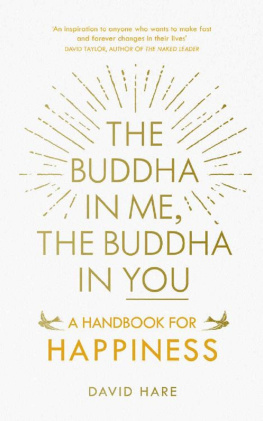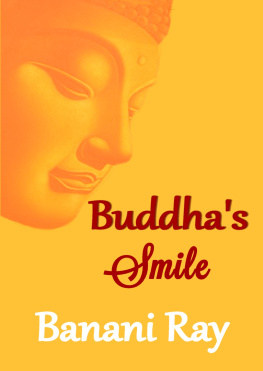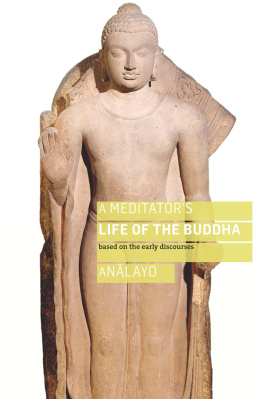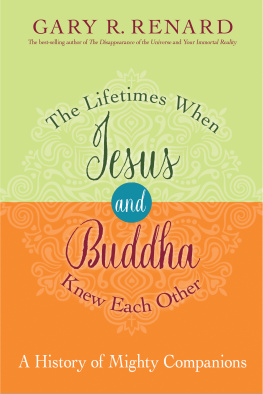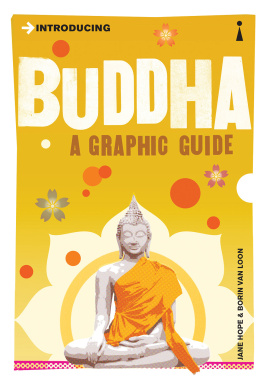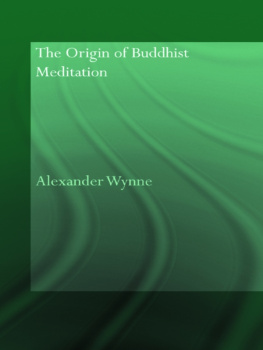Trbners Oriental Series
BUDDHISM In
16 Volumes
I The Life of Hiuen-Tsiang
Samuel Beal
II Si-Yu-Ki: Buddhist Records of the Western World Vol I
Samuel Beal
III Si-Yu-Ki: Buddhist Records of the Western World Vol II
Samuel Beal
IV Texts from the Buddhist Canon
Samuel Beal
V The Life or Legend of Gaudama Vol I
P Bigandet
VI The Life or Legend of Gaudama Vol II
P Bigandet
VII The Life of Gotama the Buddha
E H Brewster
VIII The Milinda-Questions
Mrs Rhys Davids
IX Buddhist Birth Stories
T W Rhys Davids
X Life and Works of Alexander Csoma de Krs
Theodore Duka
XI Early Buddhist Monachism
Sukumar Dutt
XII Chinese Buddhism
Joseph Edkins
XIII A Manual of Buddhist Philosophy
William Montgomery McGovern
XIV Udnavarga
W Woodville Rockhill
XV The Life of the Buddha
W Woodville Rockhill
XVI Tibetan Tales
F Anton von Schiefner
First published in 1907 by
Routledge, Trench, Trbner & Co Ltd
Reprinted in 2000 by
Routledge
2 Park Square, Milton Park, Abingdon, Oxon, OX14 4RN
Transferred to Digital Printing 2007
Routledge is an imprint of the Taylor & Francis Group
1907 W Woodville Rockhill
All rights reserved. No part of this book may be reprinted or reproduced or utilized in any form or by any electronic, mechanical, or other means, now known or hereafter invented, including photocopying and recording, or in any information storage or retrieval system, without permission in writing from the publishers.
The publishers have made every effort to contact authors/copyright holders of the works reprinted in Trbners Oriental Series. This has not been possible in every case, however, and we would welcome correspondence from those individuals/companies we have been unable to trace.
These reprints are taken from original copies of each book. In many cases the condition of these originals is not perfect. The publisher has gone to great lengths to ensure the quality of these reprints, but wishes to point out that certain characteristics of the original copies will, of necessity, be apparent in reprints thereof.
British Library Cataloguing in Publication Data
A CIP catalogue record for this book
is available from the British Library
The Life of the Buddha
ISBN 0-415-24482-X
Buddhism: 16 Volumes
ISBN 0-415-24286-X
Trbner s Oriental Series
ISBN 0-415-23188-4
ISBN 978-1-136-37944-4 (ePub)
First published in 1907 by
Routledge, Trench, Trbner & Co Ltd
Reprinted in 2000 by
Routledge
2 Park Square, Milton Park, Abingdon, Oxon, OX14 4RN
Transferred to Digital Printing 2007
Routledge is an imprint of the Taylor & Francis Group
1907 W Woodville Rockhill
All rights reserved. No part of this book may be reprinted or reproduced or utilized in any form or by any electronic, mechanical, or other means, now known or hereafter invented, including photocopying and recording, or in any information storage or retrieval system, without permission in writing from the publishers.
The publishers have made every effort to contact authors/copyright holders of the works reprinted in Trbners Oriental Series. This has not been possible in every case, however, and we would welcome correspondence from those individuals/companies we have been unable to trace.
These reprints are taken from original copies of each book. In many cases the condition of these originals is not perfect. The publisher has gone to great lengths to ensure the quality of these reprints, but wishes to point out that certain characteristics of the original copies will, of necessity, be apparent in reprints thereof.
British Library Cataloguing in Publication Data
A CIP catalogue record for this book
is available from the British Library
The Life of the Buddha
ISBN 0-415-24482-X
Buddhism: 16 Volumes
ISBN 0-415-24286-X
Trbner s Oriental Series
ISBN 0-415-23188-4
ISBN 978-1-136-37944-4 (ePub)
INTRODUCTION.
ANY one who has glanced at the analysis of the Tibetan Bkahhgyur by Alexander Csoma de Krs, published in the 20th volume of the Asiatic Researches, must have been struck with the wonderful patience and perseverance of this extraordinary scholar. Some idea of the extent of the researches which are embodied in his analysis of the Dulva, about the tenth part of the whole Bkahhgyur, may be had when it is known that it occupies more than 4000 leaves of seven lines to the page, each line averaging twenty-two syllables. But notwithstanding all that Csoma did to make known to Europe the vast Buddhist literature of Tibet, his work is hardly more than an index of the Tibetan Tripitaka. Moreover, when he wrote it, Buddhist studies were in their infancy, and many important subjects on which the Bkahhgyur furnishes answers, which, if not always acceptable, are still plausible and interesting, had not been investigated by scholars, and their importance was as yet ignored.
Csomas premature death, prevented him examining as fully as we could have desired the Tibetan Bstan-hgyur, in which may be found many important works which help to elucidate the difficulties which so frequently beset the canonical works in the Bkahhgyur.
From what has been said we may safely assert that it is not impossible to extend the analysis of the Bkahhgyur far beyond the limits reached by Csoma. So numerous, however, are the materials which are supplied us, that it is beyond the power of any one scholar to examine them in their entirety, and he must necessarily confine himself to one special subject or branch of research.
In the first part of this work we have endeavoured to give a substantial and connected analysis, and frequently literal translations, of the greater part of the historical or legendary texts contained in the Tibetan Dulva or Vinaya-pitaka, which is unquestionably the most trustworthy, and probably the oldest portion of the Bkahhgyur.
By frequent reference to the pages of the original (the East India Office copy of the Bkahhgyur), we hope we will have facilitated researches in the cumbrous Tibetan volumes, to which no indices are attached.
Some of the passages of this volume have been analysed by Anton Schiefner in his Tibetische Libensbescriebung akyamuni (St. Petersburg, 1849), but as the work from which he translated them was cbmposed by a Tibetan lama of. the seventeenth century, it could hardly be considered as authoritative, and it has been thought advisable not to omit these documents in their original Tibetan form.
The Tibetan Vinaya (Dulva) is not solely devoted to recording the rules and regulations of the Buddhist order, as is the Pli work of this name, but it contains jtakas, avadanas, vyakaranas, sttras, and udnas, and in that it resembles the Sanskrit Vinaya, which Burnouf tells us presents the same peculiarity. A few of these texts have been introduced in this work, because they appeared of sufficient interest to justify their presence in a volume which is intended to give an idea of the Tibetan Vinaya literature.







